#korea rpg
Text
— ★ 𝗶𝗻 𝗞𝗢𝗥𝗘𝗔𝗡 🎸 ♩ ⎯⎯
𝗘𝗩𝗘𝗥𝗘𝗦𝗧 𝟡⃨𝟟 – 에베레스트 산만큼 높이 . .
░⃯ 𝘌𝘮 𝘢𝘭𝘨𝘶𝘮 𝘭𝘶𝘨𝘢𝘳 𝘥𝘰 𝘮𝘶𝘯𝘥𝘰
𝘮𝘪𝘯𝘩𝘢 𝘣𝘦𝘭𝘦𝘻𝘢 𝘦́ 𝙞𝙙𝙤𝙡𝙖𝙩𝙧𝙖𝙙𝙖. 🤟🏻⠀
@userlove ★
°
年 26! cores de #𝗕𝗟𝗔𝗖𝗞𝗕𝗘𝗥𝗥𝗬, ᗷᖇISᗩ's
🍻 𝗳𝗲𝗿𝗶𝗱𝗮𝘀 𝗱𝗮 ᗩᒪᗰᗩ, 30 ligações & 𝗐𝗁𝗂𝗌𝗄𝗒
𝖥𝖨𝖬𝖣𝖠𝖬𝖠𝖣𝖱𝖴𝖦𝖠 : 🍱 踊り子 @userlove
°
𝄗⃞ 🪴 ݈݇- ׂ 섹스᳞ 후 담배 . #𝗞𝗢𝗥𝗘𝗔𝗡 당신은 내유
일한 그리하나 ᘒ / 𝘮ã𝘦 𝘥𝘦 𝘨𝘢𝘵𝘪𝘯𝘩𝘢𝘴 & 𝘥𝘰𝘨𝘶𝘪𝘯𝘩𝘢 ꒰ . @userlove = 𝙻𝙾𝚅𝙴𝚁.
°
나만 ‧ ℳ𝗈𝗋𝖾𝗇𝖺 𝐂𝘰𝘳𝘦𝘢𝘯𝘢 ، 🪴 #𝐃𝐈𝐎𝐑
& 𝒟ℴ𝓰𝓈 : 𝗕𝗟𝗔𝗖𝗞, 𝘥𝖺𝗇𝖼̧𝖺𝗋𝗂𝗇𝖺 — 𝙥𝗂𝗇𝗍𝗈𝗋𝖺, ✿ ⃝ ᑕOᖇᗴᗩᑎᗩ & 𝐕𝐋͟𝐎͟𝐆 ; 🍉 @userlove ⠀
°⠀
𝐝aily vlog, 𝐝ançarina profissional
living in seul, korea.
🪴' 𝟐𝟔y 그녀는 바다이고 그는
수영을 할 수 없습니다. 🥭
⠀⠀ @userlove
°
Caso use, dê os devidos créditos me marcando no Instagram. ( @htyelk ) !!
204 notes
·
View notes
Text






AVATARS 400x640px | Bang Chan, Stray Kids (Photoshoot W Korea)
#avatars#400x640#400*640#rpg ressources#forum rpg#avatars rpg#korean boy#kpop#kpop boys#bang chan#christopher bang#stray kids#skz#w korea#w magazine#aussie
28 notes
·
View notes
Text
𝘧𝘭𝘦𝘶𝘮𝘢́𝘵𝘪𝘤𝘰@゚ ֢֢ - 🍁



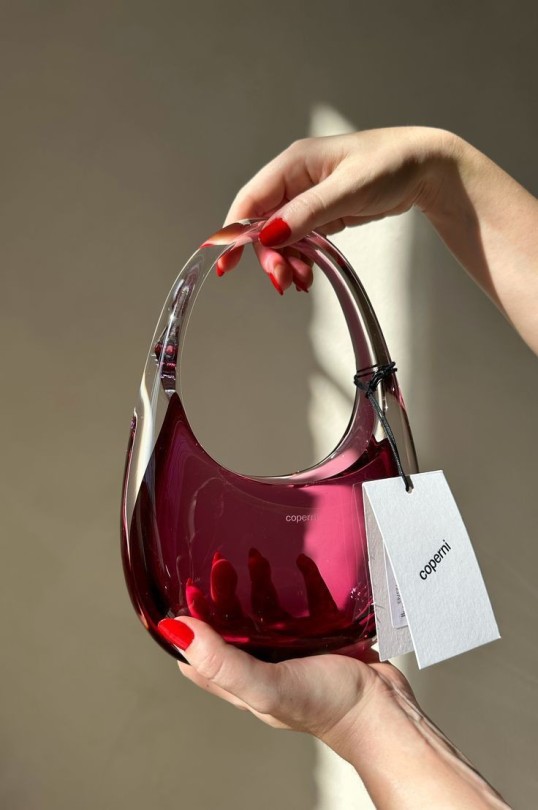

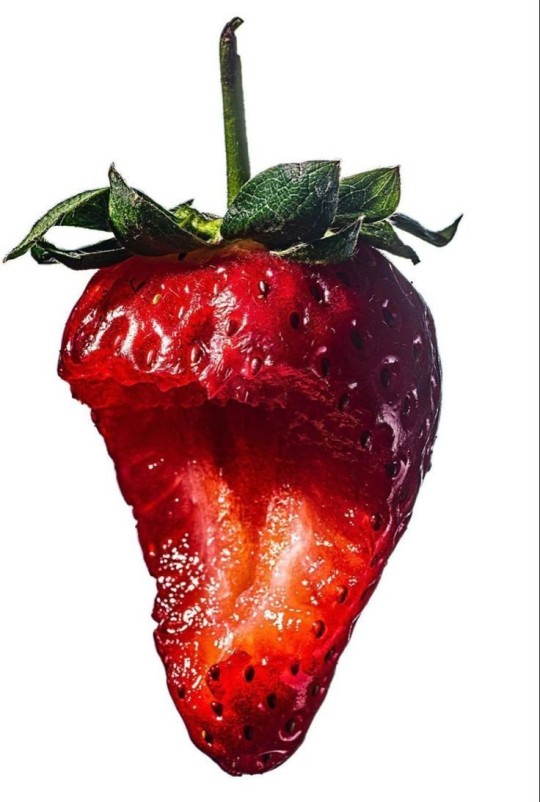
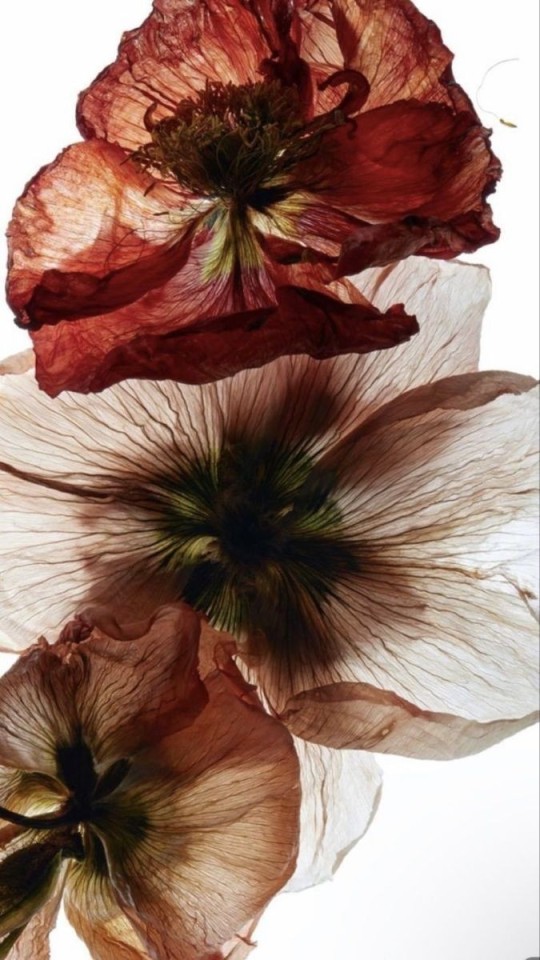



#moodboard#celebrities#moodboard kpop#blue moodboard#kpop moodboard#kpop rp#moodbord rpg#sf9#actors#rowoon#red moodboard#black moodboard#rowoon sf9#actor moodboard#blind channel#kpop#south korea#moodboard blue
27 notes
·
View notes
Text








#lim jiyeon#lim ji yeon#avatars#rpg#forum#400*640#ressources#ressources avatars#kdrama#money heist korea#the glory#kactress
67 notes
·
View notes
Text

11 notes
·
View notes
Photo
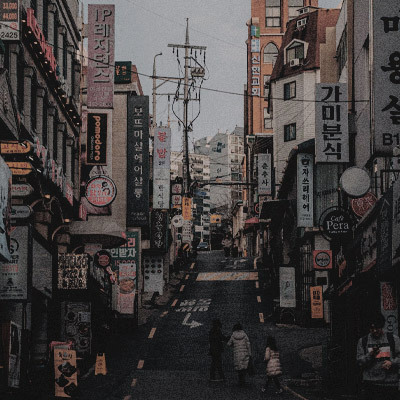

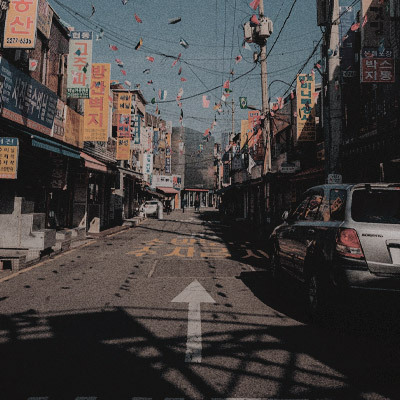

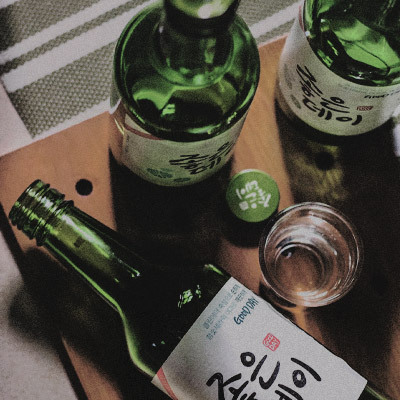
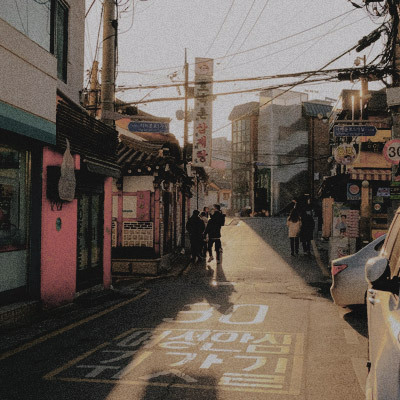

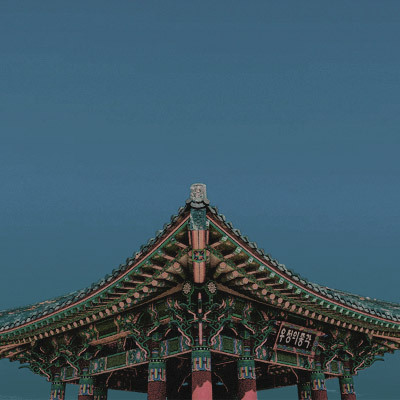

icons set
theme: Korea
color
#korea#korea icon#korea icons#soju#soju icon#city icon#temple icon#busan icon#icon#icons#ressource#rpg ressources#french rpg#street#street icons#day#sunny#blue sky#building
52 notes
·
View notes
Text






#sora park#park sora#sora park gif#park sora gif#salvia#avatars#rpg avatars#salvìa avatars#400x640#female#faceclaim#south korea
2 notes
·
View notes
Text
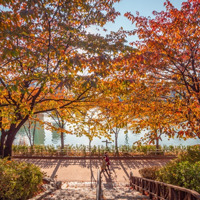



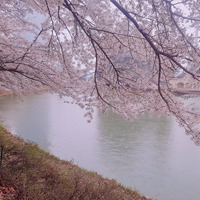
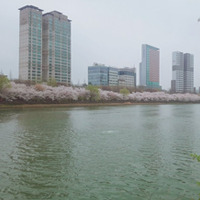




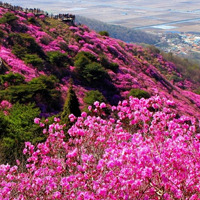

┊X Korea Unveiled: El Parque del Lago Seokchon
En primavera, Corea del Sur se viste de rosa y blanco para crear un espectáculo visual capaz de deleitarnos a todos. Por ello, hoy hablaremos de un lugar mágico e ideal para disfrutar de esta época del año y hacerla inmemorable.
Ubicado en el distrito Songpa, el Parque del Lago Seokchon es uno de los lugares más conocidos de Seúl, ya que destaca por la belleza que lo acompaña y por la tranquilidad que se puede respirar en el ambiente. El lago está rodeado por un sinfín de senderos para caminar, que nos permiten disfrutar así mismo de la naturaleza que convierte el lugar en uno más mágico. El parque cuenta con áreas de descanso y zonas de picnic, ideales para relajarse y para tener una cita al aire libre.
Este parque está dividido en dos lados: el lado este y el lado oeste. Cuenta con varias instalaciones culturales y recreativas. En sus alrededores también puedes encontrar restaurantes, cafeterías y tiendas, así como el Lotte World.
¡Pero eso no es todo! El Lago Seokchon también cuenta con un festival anual de flores de cerezo en el que podrás disfrutar de muchos conciertos y pequeñas actividades. Pero no te preocupes, que si te pierdes este festival hay muchos más, como por ejemplo:
Festival de la Flor de Loto en Buyeo: No solo tendrás la suerte de admirar de cerca las flores de loto, sino que también podrás disfrutar de las actividades recreativas y de la degustación de comida local.
Festival de la Flor de Azalea en Goryeosan: Si prefieres algo más de movimiento este es tu festival, ya que podrás disfrutar de una variedad de senderos para caminatas que te ayudará a conocer la montaña y admirar sus paisajes.
Mugunghwa Festival: Destacan sus tours y excursiones guiadas, donde exploran áreas en las que el Mugunghwa florece en abundancia.
Hahoe Mask Dance Festival: Como su nombre indica, este festival se centra en la danza de máscaras, una forma de arte tradicional que se usa para representar diversos personajes y situaciones, contribuyendo de esa manera a que sigan aprendiendo sobre su historia y tradiciones.
Gwangyang Maehwa Festival: Destacan sus eventos culturales, como presentaciones de música tradicional, bailes folclóricos, demostraciones de artesanía local y más.
¿A qué estás esperando para visitarlos? No dudes en unirte a F3 para poder visitar todos estos lugares. ¡Te esperamos! Fight For Freedom.
#Korea Unveiled#fight for freedom#foro rol#fightforfreedom#foro#kpop rpg#rol#kpop#foro de rol#lago Seokchon#Seokchon#seoul#south korea#corea del sur
2 notes
·
View notes
Text











Lee Sunmi // 400x640
#Lee sunmi#Sunmi#Sunmi avatar#Sunmi avatars#Lee sunmi avatar#Lee sunmi avatars#avatars 400x640#400x640#rpg faceclaim#forum rpg#faceclaim rpg#avatar rpg#avatars rpg#rpg ressources#rpg#avatar#avatars#smmg#w korea
11 notes
·
View notes
Text
Nexon Reveals Anticipated 'Blue Archive' Summer Update at Anime Expo 2024
Fresh off their very first Anime Expo attendance this year, Nexon Korea Corp.‘s Blue Archive just concluded their panel and with it comes the exciting news and details about their beloved mobile RPG’s summer update.
Continue reading Nexon Reveals Anticipated ‘Blue Archive’ Summer Update at Anime Expo 2024
#anime#Anime Expo#Blue Archive#Blue Archive: The Animation#Nexon#NEXON Korea Corp.#Press Release#RPG
0 notes
Text
people that like jrpgs baffle me
do you like navigating menus and sub menus in the midst of combat?
do you like grinding for hours?
then boy howdy lets shew you a jrpg with the dumbest character designs youve ever seen
#this of course also applies to a lot of non nip asian rpgs#looking at you korea#usually the writing sucks too
0 notes
Text
NUEVA MISIÓN VERANIEGA EN EL EXITOSO RPG BLUE ARCHIVE! "¡CAPTURA A UN CONEJO!" Y TRES ESTUDIANTES INÉDITAS
¡La RABBIT Squad llega con todo en el evento “Misión de Verano Especial!” con tres integrantes en traje de baño!
Armados con una habilidad innata para el caos pixelado, los nuevos estudiantes Miyu (Traje de Baño), Miyako (Traje de Baño) y Saki (Traje de Baño) han llegado a la escena del crimen del popular RPG móvil Blue Archive con la historia del evento “Misión de Verano Especial! La RABBIT…
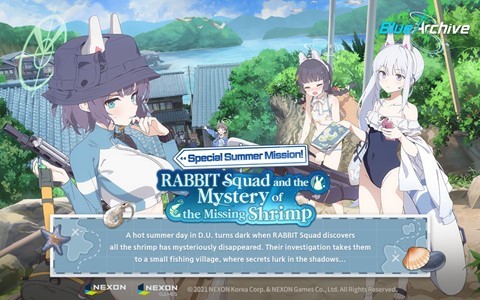
View On WordPress
#Actualización de Evento#Android#Blue Archive#Combate Estratégico#Descarga gratuita#Evento de Verano#Ios#Nexon Korea#Nuevos Estudiantes#RABBIT Squad#RPG móvil
0 notes
Text

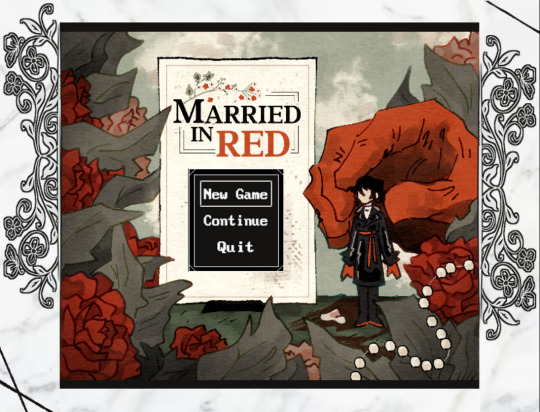
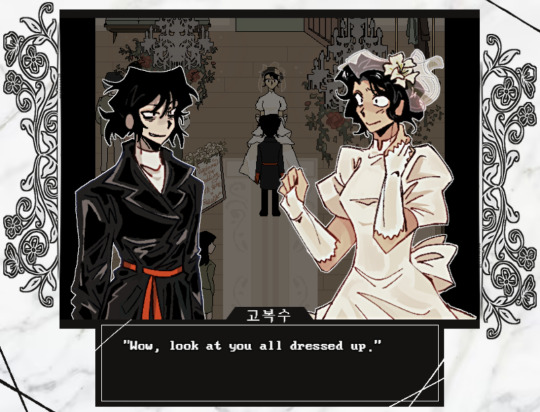


Play for FREE at itch.io
Married in Red is a short 2D RPG thriller-story game with visual novel and point-and-click elements set in South Korea that follows the story of Bok-su Go visiting her old friend from University, Da-jeong Choi, on her wedding day.
👰 Development & Story & Graphics 👰
:: RachelDrawsThis
:: @ekrixart
💐 Composer & Sound Designer 💐
:: BellKalengar
🕊️ Features 🕊️
:: Original soundtrack
:: 30+ CGs and 8 maps
:: Classic RPG Horror type gameplay with
to-do list/objective-style puzzles
:: Character-driven story with 3.5k+ of dialogue
🍰 Estimated Play Time 🍰
:: About 30 ~ 45 Minutes
🥀 NUMBER OF ENDINGS 🥀
:: 1
(+ Different dialogues and brief game overs)
Reblogs and tips are greatly appreciated!

#indie game#rpg horror#rpg maker horror#visual novel#married in red#studio investigrave#married in red game#racheldrawsthis#ekrixart#bellkalengar
4K notes
·
View notes
Text
EXTERNAL FICTIONAL INFLUENCES IN DUNGEON MESHI
We know that Ryoko Kui spent considerable time at the beginning of working on Dungeon Meshi doing research and planning the series. Kui constantly references real world culture, history and mythology, but she also occasionally references other fictional works and fantasy genre staples, as well as real-world philosophy.
FICTIONAL INFLUENCES: FANTASY, RPGS AND VIDEO GAMES
There are three major fictional influences on Dungeon Meshi that Kui cites: the works of J.R.R. Tolkien, Dungeons & Dragons, and the Wizardry video game series.
All of these works borrow heavily from the real world themselves (and both D&D and Wizardry borrow from Tolkien), so in many cases similarities between them and Dungeon Meshi are simply the result of Kui going back to the same ancient source material as her predecessors. Other times the ideas Kui is influenced by are things that have become so entrenched in pop culture they are ubiquitous in the fantasy genre, so though the idea may technically originate in Tolkien, D&D, or Wizardry, Kui may not be purposefully borrowing from them.
J.R.R. TOLKIEN
John Ronald Reuel Tolkien (1892-1973) was an English writer and philologist, a scholar of linguistics. He was the author of the high fantasy works The Hobbit and The Lord of the Rings. Tolkien’s work has had such a huge impact on culture that most fantasy fiction created after him borrows either intentionally or unintentionally from his work. Kui stated in a Q&A in Korea that Lord of the Rings is one of her favorite fantasy stories.
Elements in Dungeon Meshi that originate in Tolkein are: Hobbits (halflings) and how they are depicted, the idea that elves and dwarves are two distinct races in conflict with each other as well as some of their identifying traits, and the fictional metal, mithril.
DUNGEONS & DRAGONS
Dungeons & Dragons is a fantasy tabletop role-playing game originally created by Gary Gygax and Dave Arneson in 1974. The game was derived from miniature wargames, and was heavily influenced by the work of Tolkien and other Western fantasy authors such as Jack Vance. D&D was the beginning of modern role-playing games, and had a huge impact on video games and fantasy fiction in all media.
Because of this, obviously D&D came up a lot when Kui was researching the history of fantasy, so she read the rule books, replay novels, and studied some other games inspired by D&D.
The biggest single contributions D&D has made to pop culture is the concept of a dungeon as a place where characters in a story go to explore, fight enemies, find treasure, and gain power or glory, and that a group of people with different specialized skills will join each other as a “party” in order to traverse a dungeon.
The important thing to note here is that “dungeon” only exists in the title of Dungeon Meshi in Japanese, and using the word “dungeon” in the main text of the story is a change made in translation. In Japanese, the characters only refer to the dungeons as labyrinths, which is a word with a specific historic and mythological meaning, completely different from what fantasy fiction dungeons have come to mean.
So although Kui takes advantage of the word “dungeon,” and the unique connotations it’s grown due to D&D, it’s usage is completely external to the world and culture of Dungeon Meshi, it is a title for readers outside of the Dungeon Meshi world, not the characters within it.
Elements in Dungeon Meshi that originate in D&D are: the word and concept of “dungeon”, some monster concepts, such as different colored dragons having different magical/elemental abilities, and having eastern archetypes such as samurai, ninja and martial artists existing alongside western archetypes like knights and wizards. Kui mentions “dark elves”, which are something that D&D invented, however Kui states that they don’t exist in Dungeon Meshi, and that “dark elf” is just a slur non-elves use for elves they think are bad.
WIZARDRY
The computer role-playing game named Wizardry was released in 1981. Heavily influenced by Dungeons & Dragons, Wizardry in turn influenced many other games, and fantasy fiction in general. The series is particularly popular in Japan, to the point where many Wizardry games were made for the Japanese market exclusively, and many modern Japanese fantasy works can directly trace their roots to Wizardry.
Kui watched her father play the original Wizardry when she was a child, and she cites Wizardry VI: Bane of the Cosmic Forge specifically as a major source of inspiration for Dungeon Meshi.
Elements in Dungeon Meshi that originate in Wizardry are: kobolds being dog-men (I’ll provide a more detailed explanation in Chapter 8), the idea of returning to the dungeon to revive someone who had died on a previous journey, and the difficulty and danger of teleportation magic.
Although many of the concepts that inspired Kui are not unique to Wizardry, Wizardry is most likely where Kui first encountered them. For example, there is a plotline in Wizardry VI that has some elements in common with Dungeon Meshi: a lost/abandoned kingdom run by immortals driven insane by their immortality, including a wizard who is controlling the kingdom with the infinite knowledge he gained from the Cosmic Forge pen. The Cosmic Forge pen is also similar to the demon in Dungeon Meshi, since both can grant wishes, and they both have a secret price for using them.
However, I think the most interesting things Wizardry inspired in Dungeon Meshi are less concrete, for example the game mechanics involved in teleportation, or returning to the dungeon to revive a dead party member.
The first Wizardry game was infamous for its extreme difficulty. In the event of their entire party being killed, gameplay could not be resumed; however, players could create a new party, start the game over, and use their new party to recover the bodies and items of their previous one, and revive their old characters if they wished. Doing this was extremely tedious and difficult, but it was also a common part of gameplay, so it’s easy to imagine a young Kui watching her father do it at least once, and that it left a strong impression on her.
Another thing that would have left a strong impression is the way teleportation worked in the original Wizardry. The game lacked an automap feature, which forced players to manually draw a map for every level on graph paper while they played, this was so essential that the publishers included graph paper in the game box. In order to successfully teleport, the player had to enter both the level and target coordinates from their self-drawn map, and so it was easy to get killed by accidentally teleporting into a trap or into a wall.
This sort of careful observation and planning seems like something Kui is fascinated by, as she often shows this kind of attention to detail in Dungeon Meshi, and she repeatedly addresses the risk of teleportation magic, and the value of making maps and carefully documenting your surroundings and experiences in the dungeon.
(This is an excerpt from my essay on cultural and linguistic references in Dungeon Meshi)
28 notes
·
View notes
Text









#lim jiyeon#lim ji yeon#the glory#money heist korea#avatars#rpg#forum#400*640#ressources#ressources avatars#kdrama#femaleactress#kactress
33 notes
·
View notes
Text


#MIYU MIYU is the tenth trainee to be revealed on dreamquest! Miyu, born Yang Chunja, in South Korea, to to two parents who did not want a daughter at any cost. Her mother passed away shortly after she was born—from disappointment, as her extended family members quietly whisper—so she and her older brother were raised by their father and paternal grandparents. Growing up, she was neglected and ignored by her father, who also blamed her for her mother’s death. In school, she was ostracized for her old-fashioned name and her home situation, which was well-known to her classmates in their small town. She found solace online, playing RPGs and lurking in the comment sections of Naver idol music videos and watching magical girl anime shows. In 2016, when Miyu was fifteen, she successfully passed an online audition to join independent live idol group MAGiC☆GiRL. She was the youngest member, and quietly moved to Seoul to live with the other three members. She stopped going to school around this time, though she never officially dropped out. While a member of MAGiC☆GiRL, she took on the stage name Miyu, which she likes a lot more than her birth name. In addition to being a performing member, she also managed the group’s social media accounts. The group lasted two years before going on an indefinite hiatus. Following their disbandment, Miyu began to stream. She started off playing games without a webcam, but quickly discovered that showing her face and just talking was enough to cover her portion of the bills. MAGiC☆GiRL never reunited, but she always remembered the good times she had performing with her group members. Upon learning about Dreamquest, she decided to audition in hopes of recapturing that same experience.
˗ˏˋ ꒰ ♀ ꒱ ˎˊ˗ ୭̥⋆*。 ❪ basics ❫
STAGE NAME ﹕miyu (미유)
BIRTH NAME ﹕Yang Chunja (양춘자)
BIRTHDAY ﹕february 26th, 2001
ZODIAC SIGN ﹕pisces
MBTI : isfp
˗ˏˋ ꒰ ♀ ꒱ ˎˊ˗ ୭̥⋆*。 ❪ physical ❫
FACE ﹕chaehyun of kep1er
NATIONALITY ﹕south korean
ETHNICITY ﹕korean
HEIGHT ﹕160 cm / 5’3”
BLOOD TYPE ﹕b
if you want to know more about miyu go here, and follow @fiixion


#◟ ⋆ ◟ ⋆ 𝐋𝐔𝐂𝐊𝐘 𝐆𝐈𝐑𝐋 𝐒𝐘𝐍𝐃𝐑𝐎𝐌𝐄 › dreamquest !#◟ ⋆ 𝐋𝐔𝐂𝐊𝐘 𝐆𝐈𝐑𝐋 𝐒𝐘𝐍𝐃𝐑𝐎𝐌𝐄 › trainees !#◟ ⋆ 𝐋𝐔𝐂𝐊𝐘 𝐆𝐈𝐑𝐋 𝐒𝐘𝐍𝐃𝐑𝐎𝐌𝐄 › miyu !#fake kpop girl group#fake kpop group#fictional idol community#fictional idol group#idol oc#fake kpop idol#fake kpop addition#fake kpop member#fake kpop oc#fictional idol addition#fictional kpop community#fictional idol oc#fictional kpop idol#fictional idol company#fictional kpop oc
14 notes
·
View notes